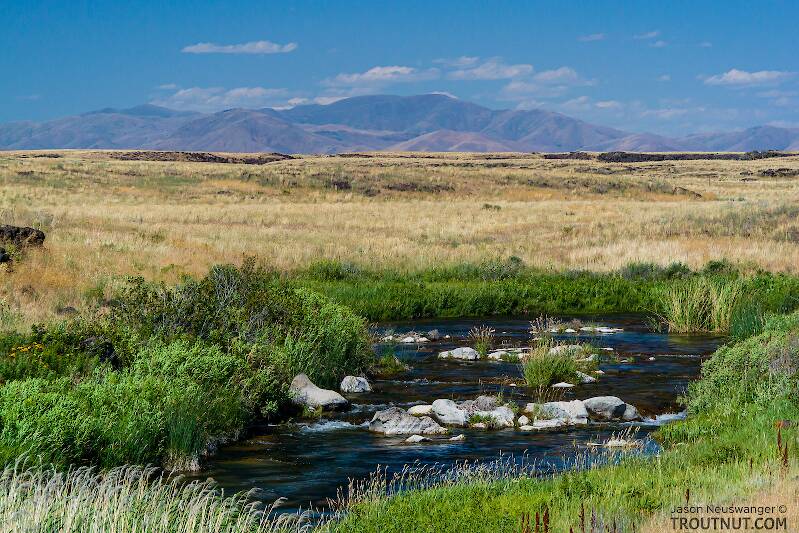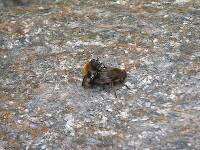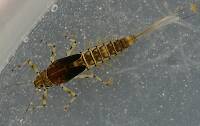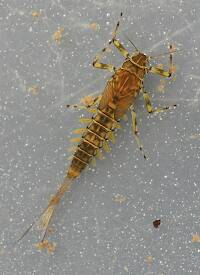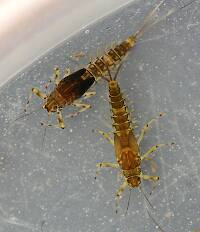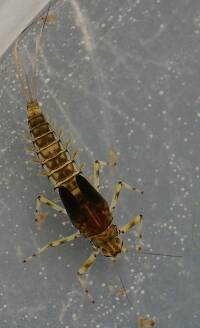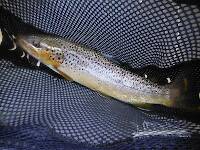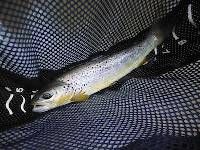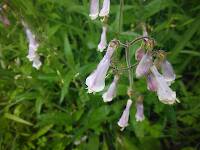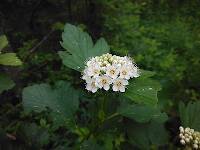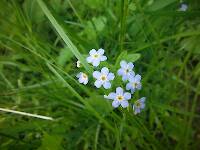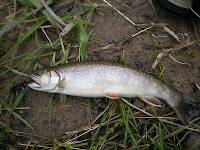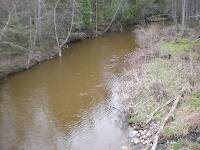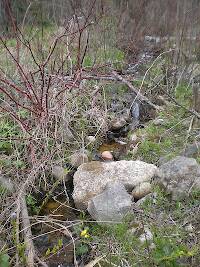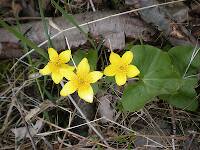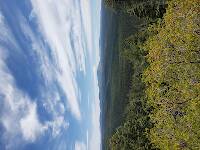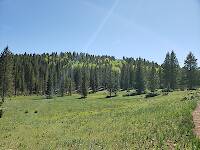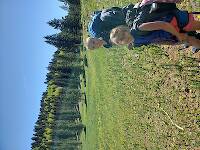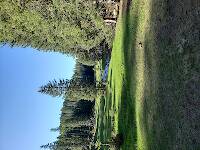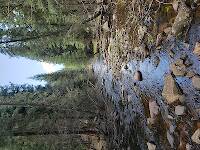
Blue-winged Olives
Baetis
Tiny Baetis mayflies are perhaps the most commonly encountered and imitated by anglers on all American trout streams due to their great abundance, widespread distribution, and trout-friendly emergence habits.
Featured on the forum

It's only barely visible in one of my pictures, but I confirmed under the microscope that this one has a prosternal horn and the antennae are mid-way between the eyes and front of the head capsule.
I'm calling this one Pycnopsyche, but it's a bit perplexing. It seems to key definitively to at least Couplet 8 of the Key to Genera of Limnephilidae Larvae. That narrows it down to three genera, and the case seems wrong for the other two. The case looks right for Pycnopsyche, and it fits one of the key characteristics: "Abdominal sternum II without chloride epithelium and abdominal segment IX with only single seta on each side of dorsal sclerite." However, the characteristic "metanotal sa1 sclerites not fused, although often contiguous" does not seem to fit well. Those sclerites sure look fused to me, although I can make out a thin groove in the touching halves in the anterior half under the microscope. Perhaps this is a regional variation.
The only species of Pycnopsyche documented in Washington state is Pycnopsyche guttifera, and the colors and markings around the head of this specimen seem to match very well a specimen of that species from Massachusetts on Bugguide. So I am placing it in that species for now.
Whatever species this is, I photographed another specimen of seemingly the same species from the same spot a couple months later.
I'm calling this one Pycnopsyche, but it's a bit perplexing. It seems to key definitively to at least Couplet 8 of the Key to Genera of Limnephilidae Larvae. That narrows it down to three genera, and the case seems wrong for the other two. The case looks right for Pycnopsyche, and it fits one of the key characteristics: "Abdominal sternum II without chloride epithelium and abdominal segment IX with only single seta on each side of dorsal sclerite." However, the characteristic "metanotal sa1 sclerites not fused, although often contiguous" does not seem to fit well. Those sclerites sure look fused to me, although I can make out a thin groove in the touching halves in the anterior half under the microscope. Perhaps this is a regional variation.
The only species of Pycnopsyche documented in Washington state is Pycnopsyche guttifera, and the colors and markings around the head of this specimen seem to match very well a specimen of that species from Massachusetts on Bugguide. So I am placing it in that species for now.
Whatever species this is, I photographed another specimen of seemingly the same species from the same spot a couple months later.

Troutnut is a project started in 2003 by salmonid ecologist Jason "Troutnut" Neuswanger to help anglers and
fly tyers unabashedly embrace the entomological side of the sport. Learn more about Troutnut or
support the project for an enhanced experience here.
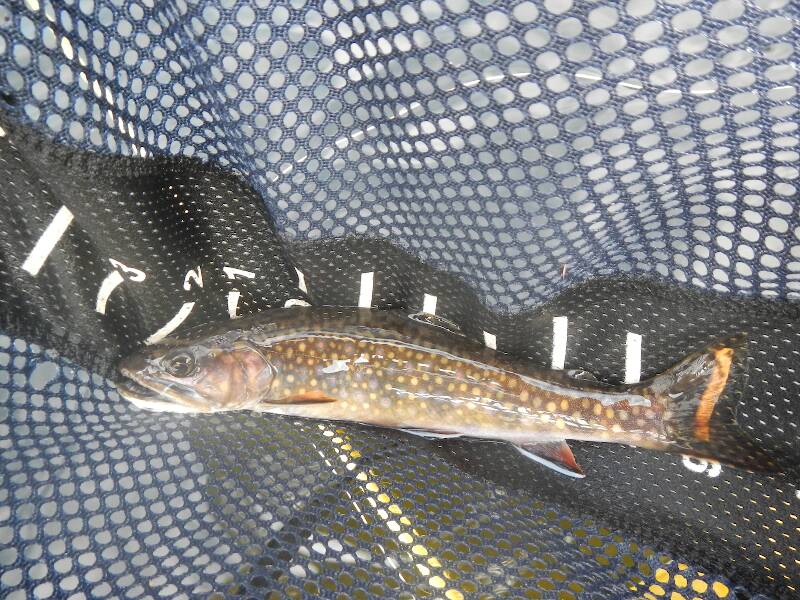
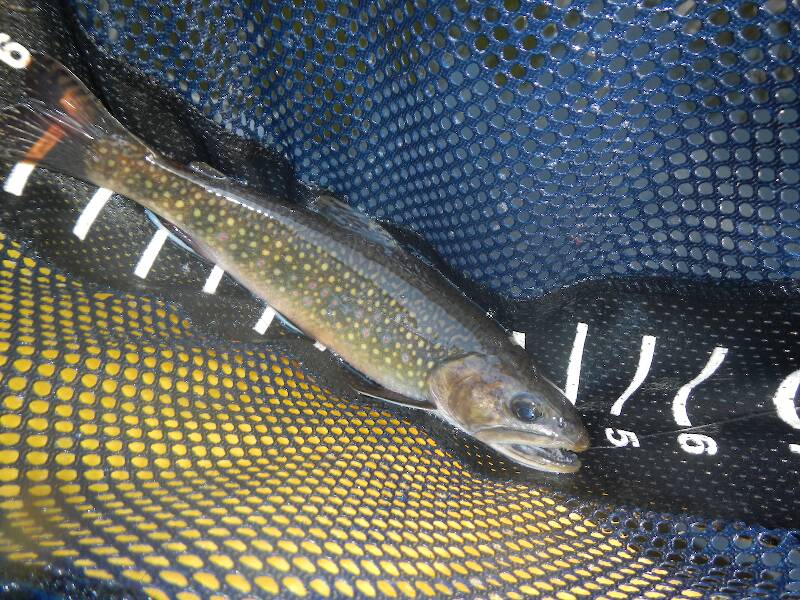
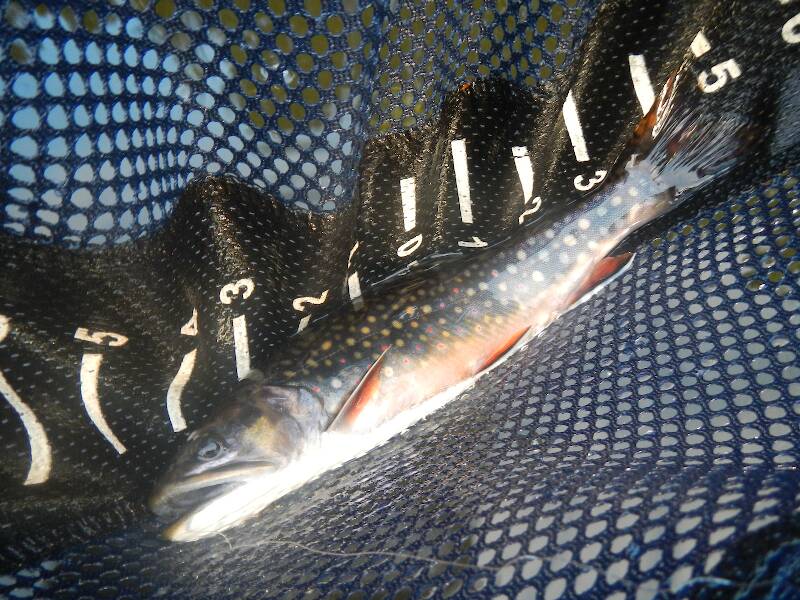
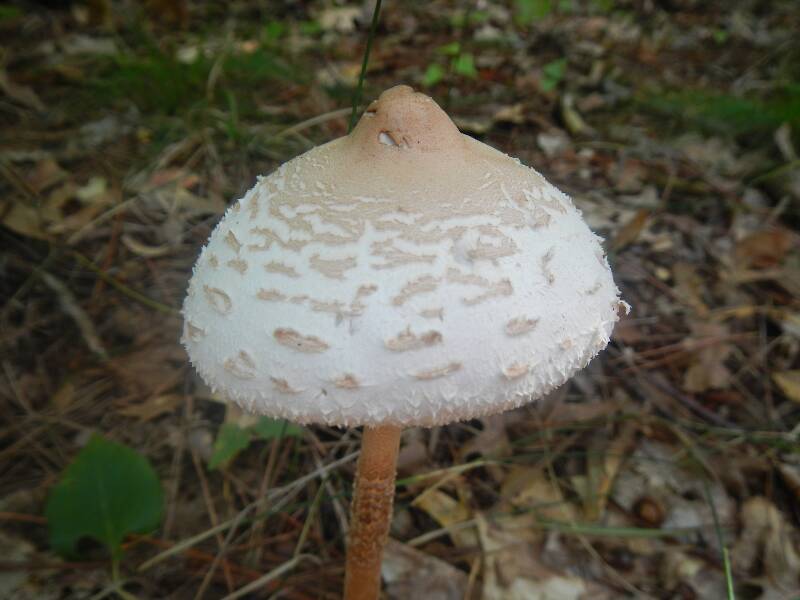
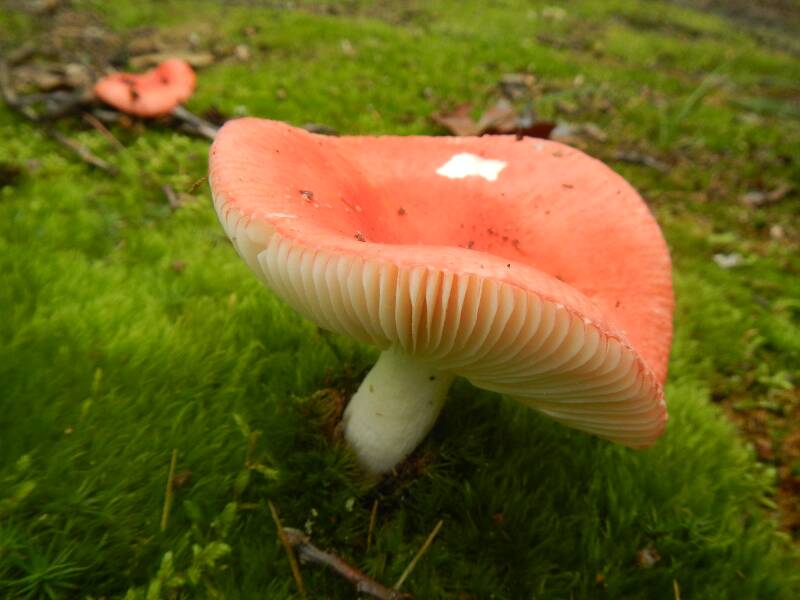
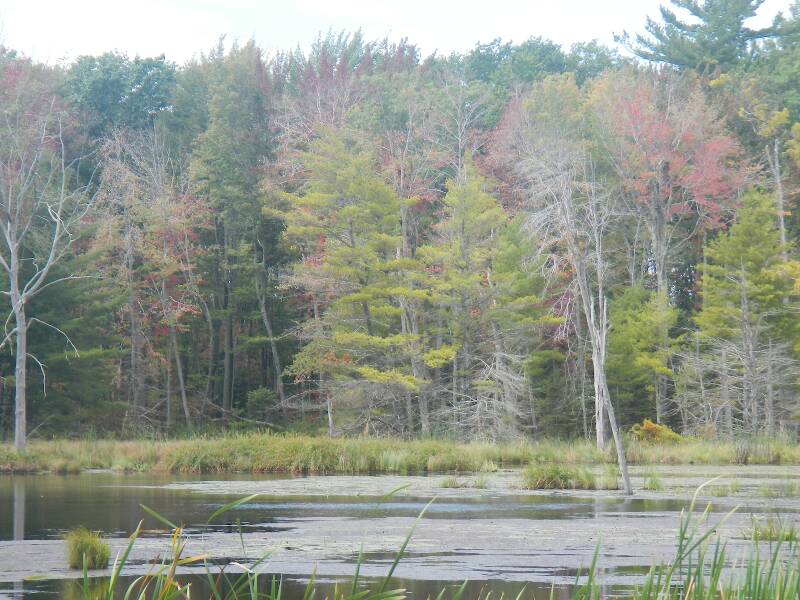
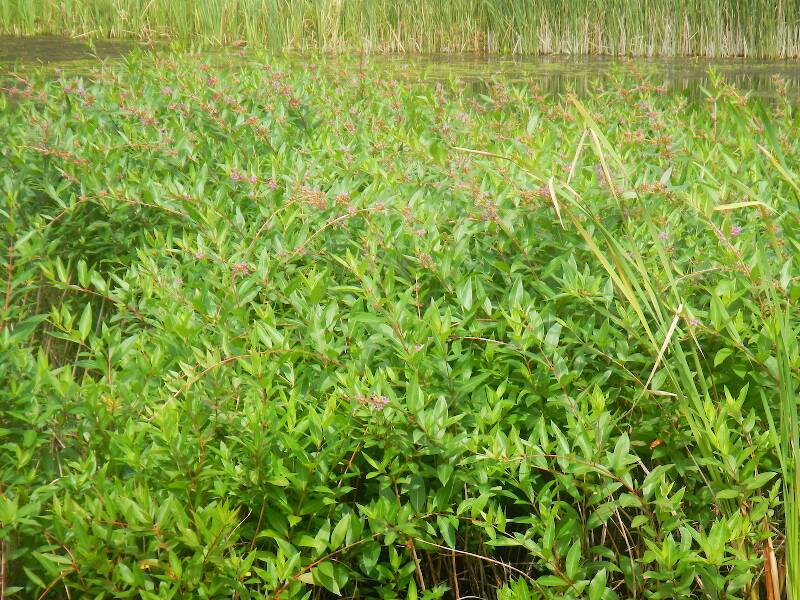
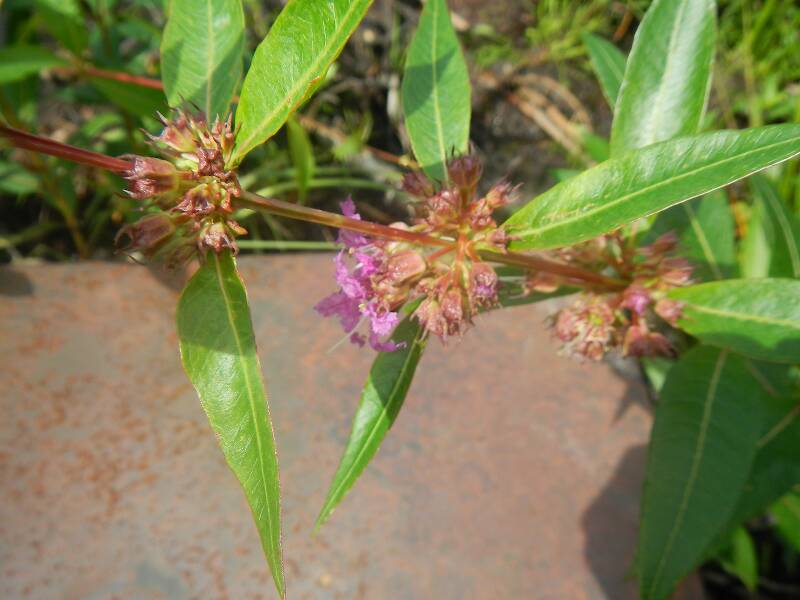
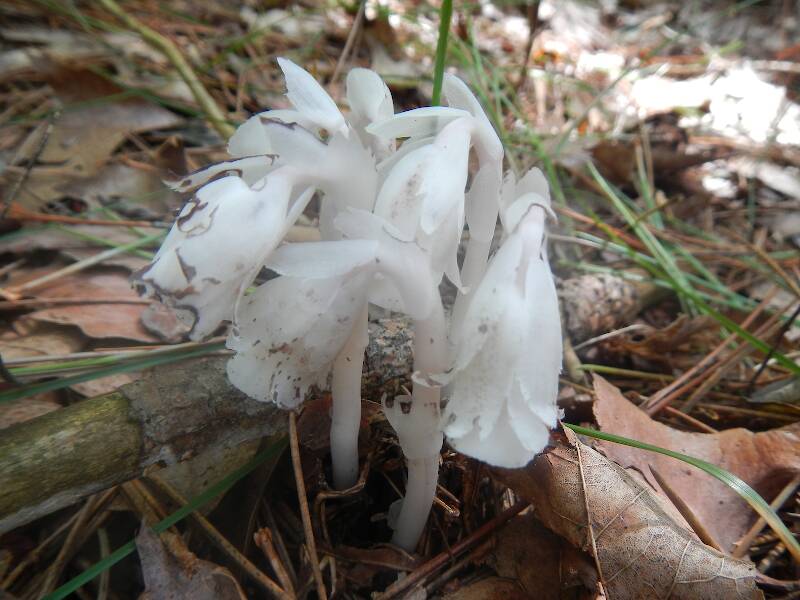
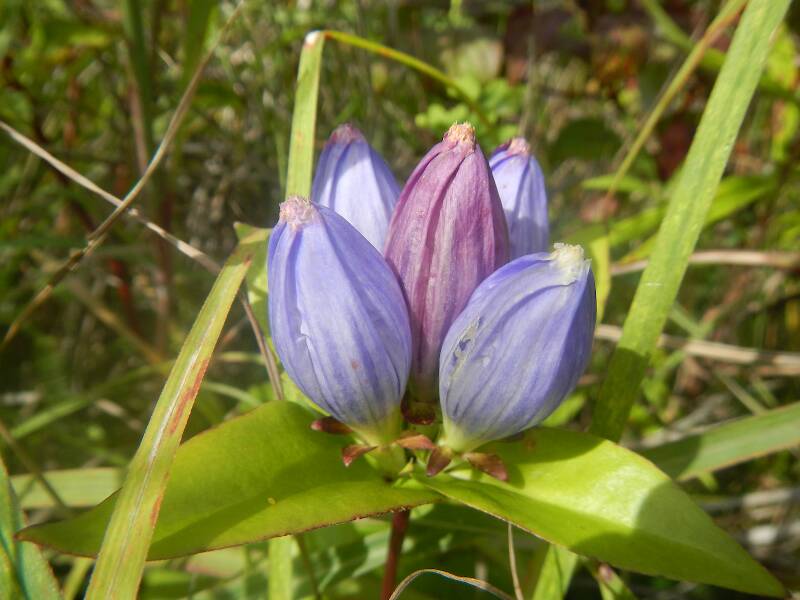
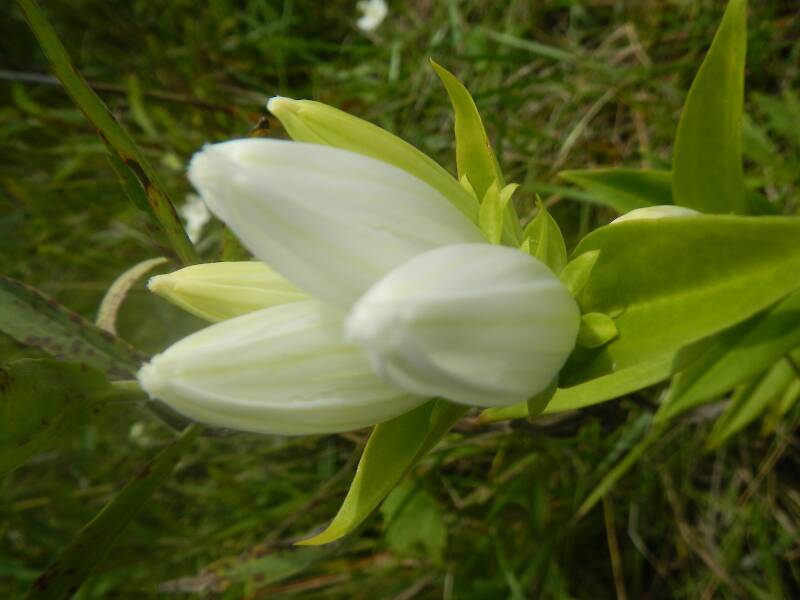
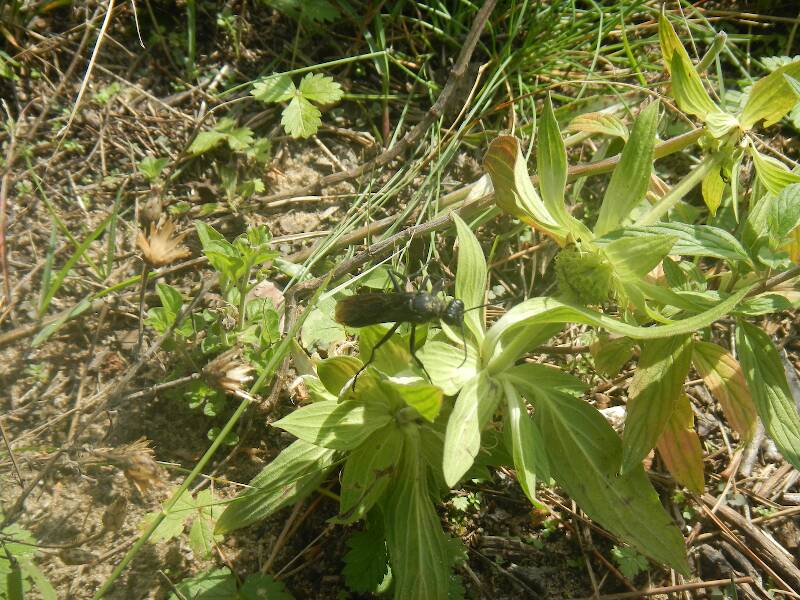
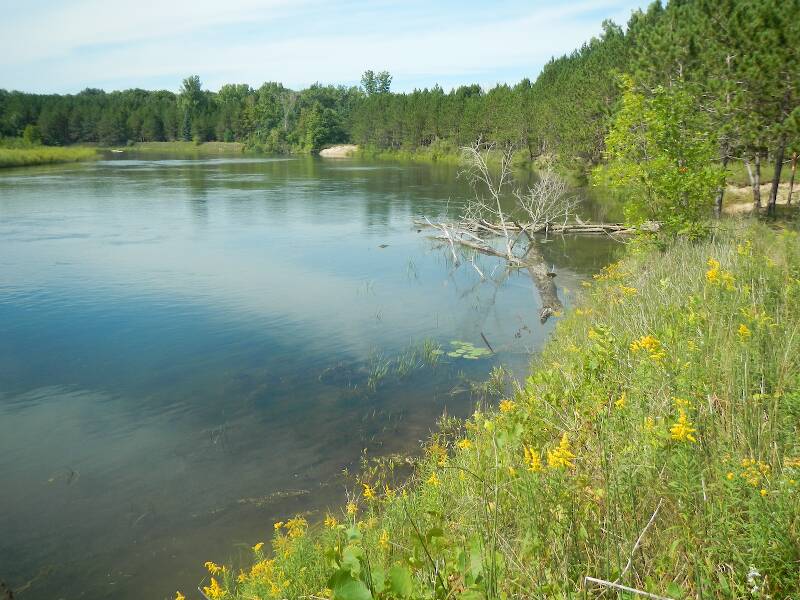
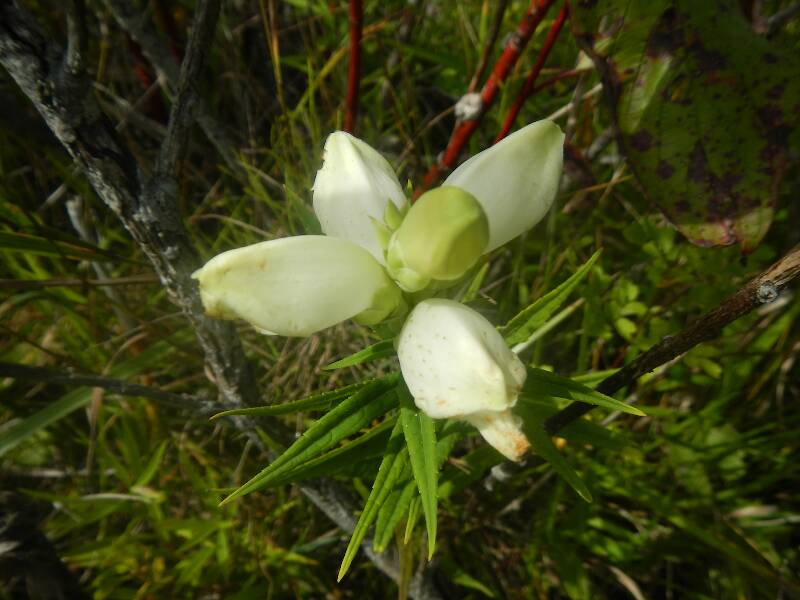
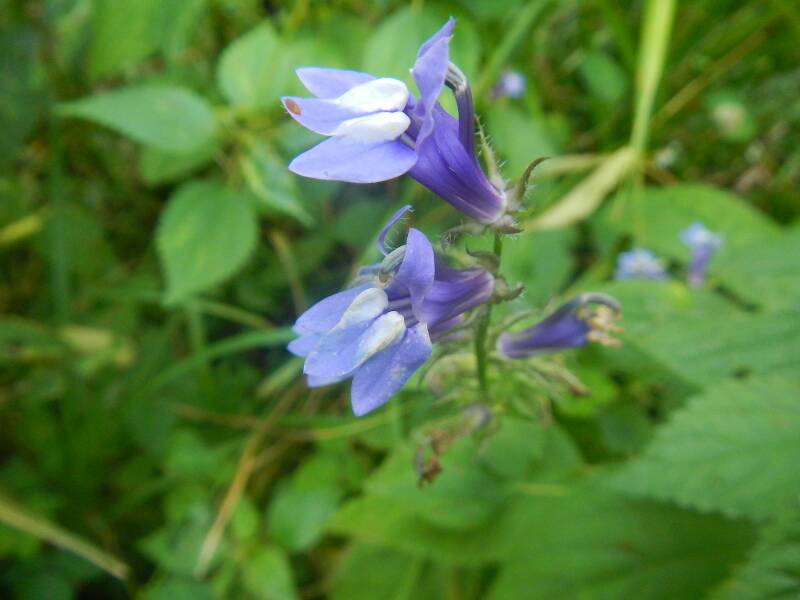
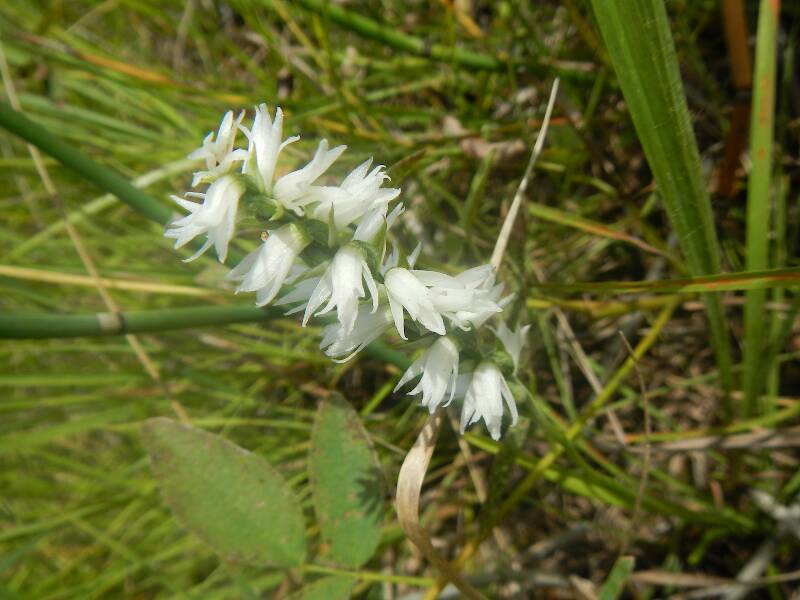
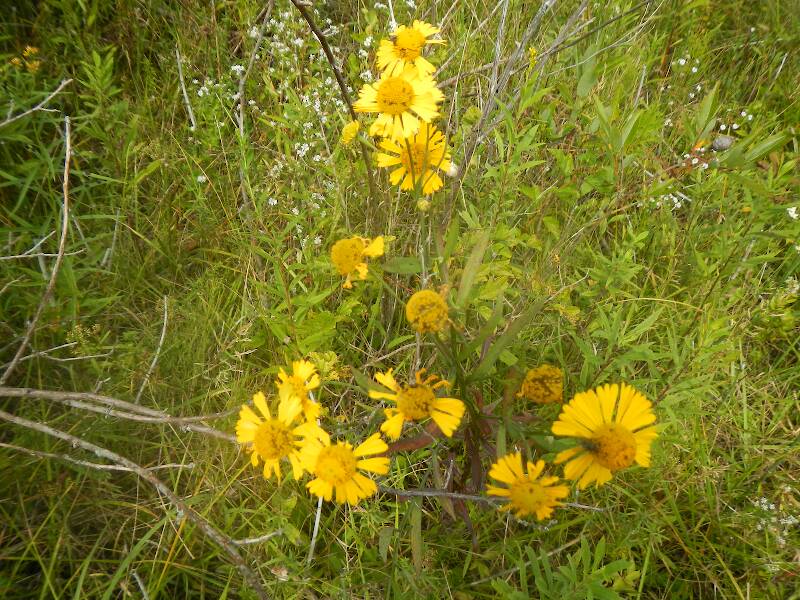
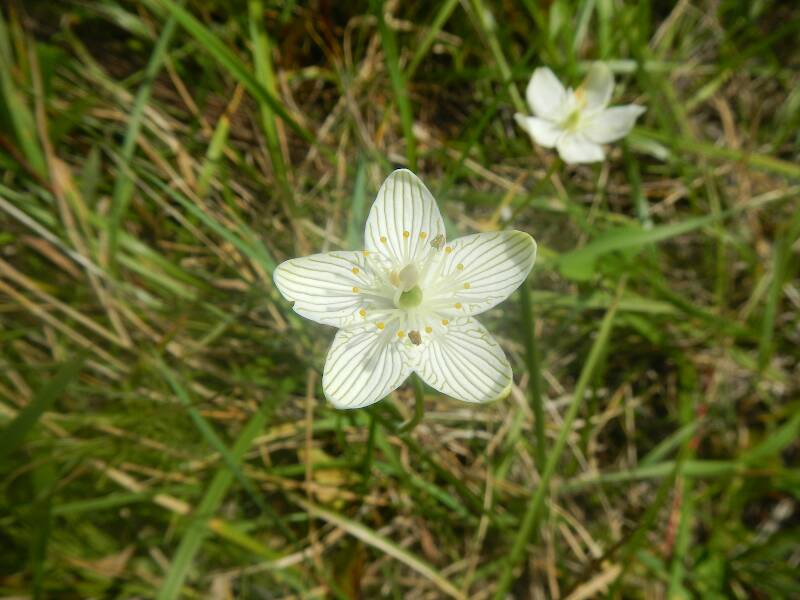
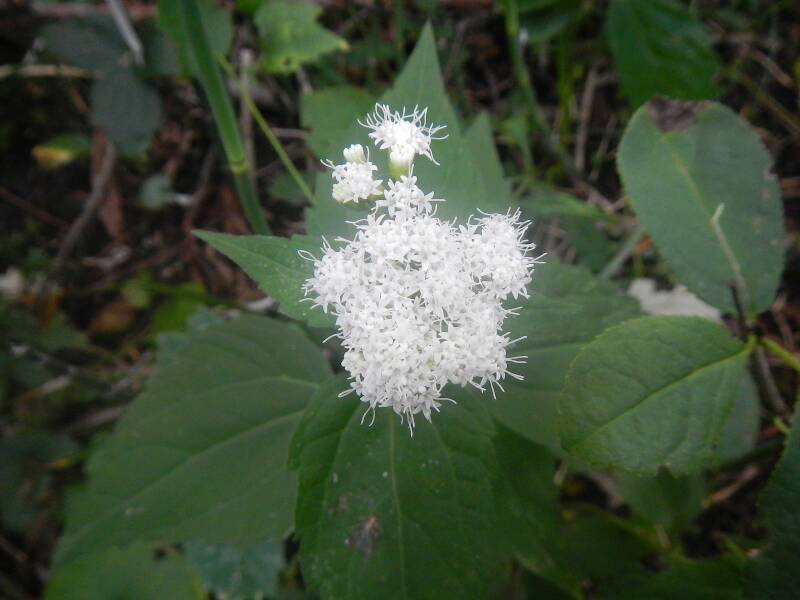
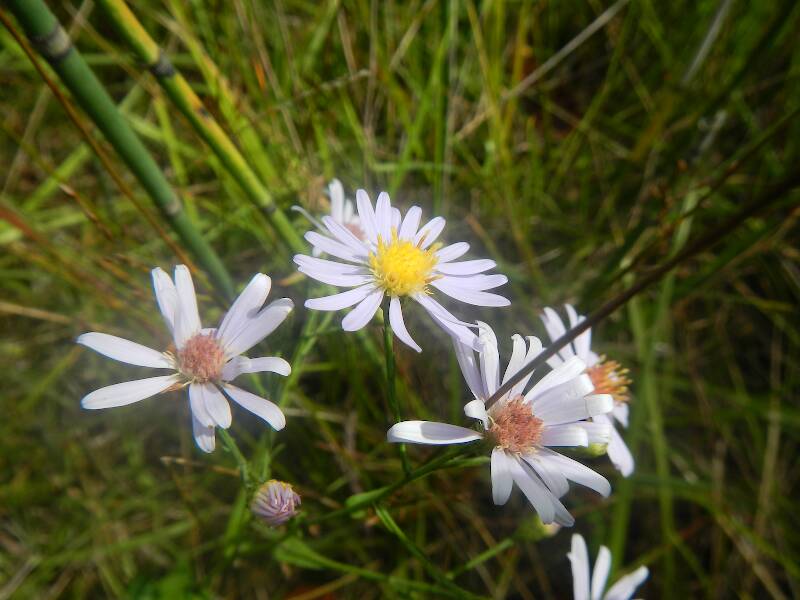
Jmd123 on Sep 21, 2018September 21st, 2018, 1:16 pm EDT
Well I haven't done enough fishing lately but the weather is partially responsible. Just got a bunch more rain and now the wind is howling at 25-40 mph...but one day last week, conditions were perfect so I launched the kayak at [REDACTED] Pond. Flat water, brookies rising, partly cloudy, almost no wind! I was going to throw KBFs and Woolly Buggers around to sample the perch population or see if any brookies hit them, but I saw enough rises to convince me to put on a hopper. Not fast and furious, but more slow and steady, with lots of beautiful fish in the 8-10" range and one nice 11-er to top them all off. Twitching a #10 hopper got them to hit, nice sloppy loud takes too on the bigger ones. And no pestering insects, got off the water before any mosquitoes really showed up...a lovely afternoon and evening, and a little more trout fishing before I leave this beautiful place. For...
Had an interview by telephone with a firm in Hampton, VA on Wednesday - which is right on the Atlantic Ocean! Haven't heard back yet, but it went very well, looks like lots of wetland work. keep your fingers crossed for me, folks!
In the meantime, here's some pretty fishies and other things I've seen lately. Enjoy!
Jonathon
Had an interview by telephone with a firm in Hampton, VA on Wednesday - which is right on the Atlantic Ocean! Haven't heard back yet, but it went very well, looks like lots of wetland work. keep your fingers crossed for me, folks!
In the meantime, here's some pretty fishies and other things I've seen lately. Enjoy!
Jonathon
No matter how big the one you just caught is, there's always a bigger one out there somewhere...
Summer_doug on Sep 21, 2018September 21st, 2018, 10:33 pm EDT
Those are some absolute beautiful brookies - in my mind, the most beautiful fish.
Glad to hear that you had a phone interview and I’ll pray for that opportunity. Although we are both from Michigan, I met my wife in VA and will always feel a special connection to the place.
Doug
Glad to hear that you had a phone interview and I’ll pray for that opportunity. Although we are both from Michigan, I met my wife in VA and will always feel a special connection to the place.
Doug
From Michigan
Wbranch on Sep 22, 2018September 22nd, 2018, 6:58 am EDT
Jon, Are you a botanist? Would that even be the right term for someone skilled in the common and Latin names of flora?
Catskill fly fisher for fifty-five years.
Partsman on Sep 22, 2018September 22nd, 2018, 10:40 am EDT
Jonathon, thanks for all the wonderful pictures from northeast Michigan, which is one of the most beautiful places in our great country. I have mixed emotions about your new possible employment, I know you need to the best you can for your self, but I have also very much enjoyed your reports and photos of a area I love, your humor and knowledge have made this a very important website for me. I still hope to meet you someday wading down a couple of those places we have fished.
Good luck and take care, Mike.
Good luck and take care, Mike.
Jmd123 on Sep 22, 2018September 22nd, 2018, 11:24 am EDT
Matt, in case you didn't know this already, I have a BS in botany from the University of Michigan, got that way back in 1986. And have been doing it ever since, and even got the chance this past summer to teach my first very own college field botany class myself. I've loved plants since the age of 4, it was my first interest in life and still my oldest love. I've been fortunate enough to live in a place with spectacular botanical diversity these past (almost) 8 years, and I have many books on flora of other states I've lived in and visited. So yes, I am a botanist, pretty much to the core, been doing that even longer than I've been fishing (started that at 9, fly-fishing at 21).
I'm glad you all like the photos! No matter where I end up at, expect them to keep coming. It's my pleasure to show the beauty of the natural world around me.
Jonathon
I'm glad you all like the photos! No matter where I end up at, expect them to keep coming. It's my pleasure to show the beauty of the natural world around me.
Jonathon
No matter how big the one you just caught is, there's always a bigger one out there somewhere...
Jmd123 on Sep 22, 2018September 22nd, 2018, 1:16 pm EDT
BTW here's the lowdown on that big black wasp - it was described by Linnaeus himself!
https://en.wikipedia.org/wiki/Sphex_pensylvanicus
I caught some of these in my trap nests (artificial nesting habitat for wood-hole-nesting Hymenoptera, i.e. imitation hollow twigs) back when I was researching pollination relationships in the solitary bees, especially the leafcutter bees (Megachilidae). These guys would show up in the largest diameter holes (I had six sizes ranging from 4-9 mm), stuff them with one huge katydid (or on one interesting case a whole bunch of little ones!), and seal the nest with a bunch of grass sticking out way beyond the aperture. The article linked above says that their nests are raided by sparrows and catbirds, and I now realize that this would keep the birds from pecking through any other kind of covering or sealant (bees used leaves, leaf pulp, plant resins, etc.), kinda pointy and difficult to deal with.
Interesting creature and I've been noticing them for decades. And I see them often on milkweeds as stated in the article, including butterflyweed which is just an orange milkweed. As fascinating as aquatic insects are, the Hymenoptera will always be my favorite Order.
Jonathon
P.S. Here's a link to an article on trap-nesting that shows the technique. This is what I did for my Master's Degree!
https://www.nrcs.usda.gov/Internet/FSE_PLANTMATERIALS/publications/etpmcpo12918.pdf
https://en.wikipedia.org/wiki/Sphex_pensylvanicus
I caught some of these in my trap nests (artificial nesting habitat for wood-hole-nesting Hymenoptera, i.e. imitation hollow twigs) back when I was researching pollination relationships in the solitary bees, especially the leafcutter bees (Megachilidae). These guys would show up in the largest diameter holes (I had six sizes ranging from 4-9 mm), stuff them with one huge katydid (or on one interesting case a whole bunch of little ones!), and seal the nest with a bunch of grass sticking out way beyond the aperture. The article linked above says that their nests are raided by sparrows and catbirds, and I now realize that this would keep the birds from pecking through any other kind of covering or sealant (bees used leaves, leaf pulp, plant resins, etc.), kinda pointy and difficult to deal with.
Interesting creature and I've been noticing them for decades. And I see them often on milkweeds as stated in the article, including butterflyweed which is just an orange milkweed. As fascinating as aquatic insects are, the Hymenoptera will always be my favorite Order.
Jonathon
P.S. Here's a link to an article on trap-nesting that shows the technique. This is what I did for my Master's Degree!
https://www.nrcs.usda.gov/Internet/FSE_PLANTMATERIALS/publications/etpmcpo12918.pdf
No matter how big the one you just caught is, there's always a bigger one out there somewhere...
Martinlf on Sep 22, 2018September 22nd, 2018, 4:07 pm EDT
Gorgeous! Thank you.
"He spread them a yard and a half. 'And every one that got away is this big.'"
--Fred Chappell
--Fred Chappell
Wbranch on Sep 23, 2018September 23rd, 2018, 4:04 am EDT
Catskill fly fisher for fifty-five years.
Jmd123 on Sep 23, 2018September 23rd, 2018, 4:23 am EDT
Thanks, Matt! Yep, we're not just all about aquatic bugs here. After all, hopper imitations are working really well now.
Jonathon
Jonathon
No matter how big the one you just caught is, there's always a bigger one out there somewhere...
Quick Reply
Related Discussions
Topic
Replies
Last Reply
They're STILL eating my hoppers! Plus, a very large minnow... 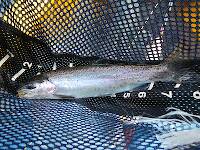
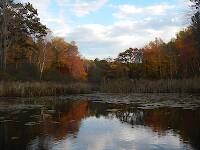
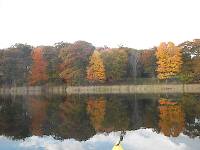
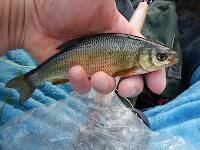
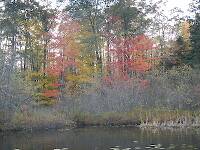
In the Photography Board by Jmd123
+ 1





In the Photography Board by Jmd123
0
Oct 23, 2016
by Jmd123
by Jmd123
4
May 30, 2020
by Martinlf
by Martinlf

